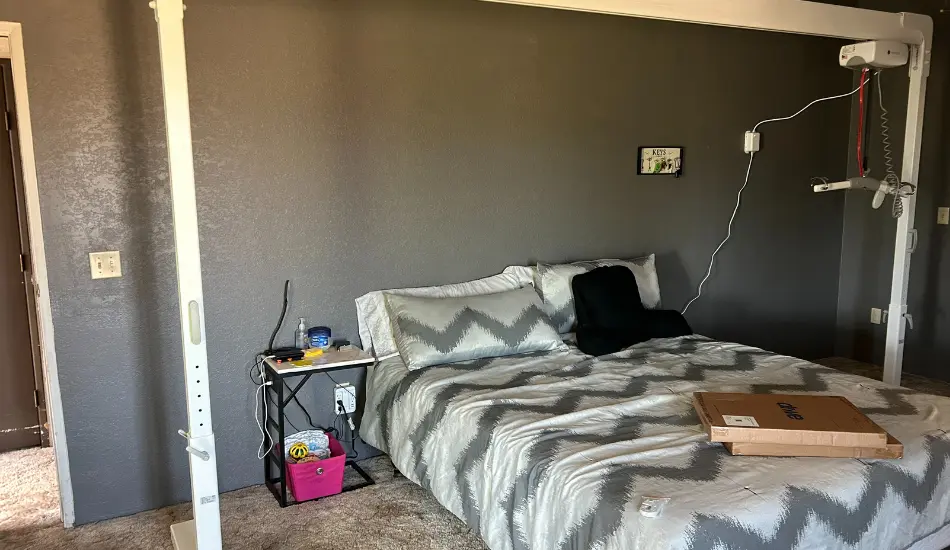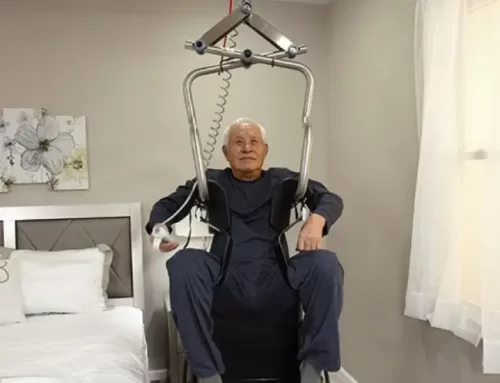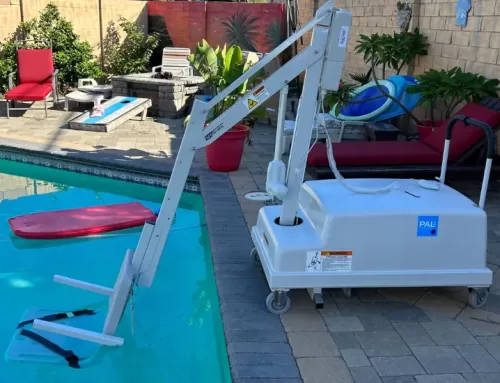A significant problem in the caring journey is ensuring the safe and comfortable transfer of patients with restricted mobility for family members and healthcare professionals. This is where patient lift innovation is a game changer in healthcare and home care.
However, what is a patient lift exactly? This technical marvel of the present day not only moves patients but also improves their quality of life. It also gives them dignity in their care and protects caregivers and recipients from harm. This article explores how patient lifts can be vital tools for safety, comfort, and care in homes and medical centers worldwide.
What is a Patient Lift?
It can be challenging to move a loved one in a wheelchair to a bed, toilet, or shower, significantly if no one else in the home can help. This is especially true if the loved one has very restricted mobility. It may be uncomfortable, inconvenient, and risky for both sides. A patient lift is equipment that makes moving people around very simple. Many mobility goods utilize the term “lift,” so it’s critical to know how different items differ.
A patient lift uses a sling to elevate a person into the air. They have two modes of operation: manual hydraulic or motorized. In contrast, a stair lift is a motorized chair that moves users up and down stairs. An elevator made especially for mobility equipment is called a wheelchair lift. There are models for homes and businesses. A lift chair is a motorized recliner that lowers and “stands” to make getting in and out of it simple.
Different Types of Patient Lifts
Patient lifts provide safe movement for people. There are different types of patient lifts available. Every lift has a unique function that supports caring. Let’s talk about some of them below-
-
Floor Lifts
Floor lifts can be a helpful tool because they can improve care quality and create safer work environments. Healthcare professionals transport patients throughout their surroundings. The design of floor lifts helps lower the chance of accidents.
Floor lifts contribute to increased patient comfort and safety. Floor lifts are the perfect answer to assist various patient groups. For instance, Hoyer Floor Lifts are durable, versatile lifts. This can efficiently manage patient handling requirements. It costs what you would anticipate for a mid-range patient lift but has all the features of a premium patient lift.
-
Ceiling Lifts
The purpose of these intelligent lifts is to lift patients from their wheelchairs or beds to another hospital area, like a chair or bathtub. Because ceiling lifts eliminate the need for physical patient lifting, residents’ quality of life has increased. And musculoskeletal injuries in staff and clients have significantly decreased.
The ceiling lift is one of the most adaptable equipment for gait training in therapeutic gyms. By changing the patient’s body weight from a secure system installed into the ceiling. Ceiling lifts enable therapists to transfer patients securely and effectively. Also, lessen the strain on the patient and the physical therapist.
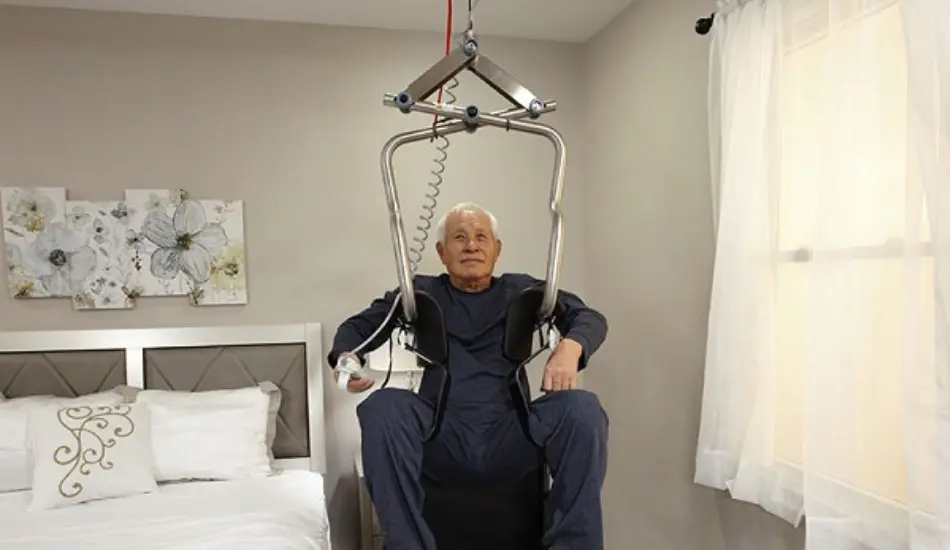
These systems offer an unobtrusive appearance that frees up more space for additional therapeutic equipment and is adjustable for any rehabilitation scenario. Physical therapists can “set it and forget it” with the help of these flexible mechanisms, allowing them to focus more uninterruptedly on teaching and training good gait.
The Hoyer Elara is highly recommended for healthcare facilities seeking a more versatile ceiling lift solution. Thanks to its creative technology, patients can stay in the lift by moving it from room to room throughout the hospital. This implies that the convenience of a genuinely movable ceiling lift solution is now finally available to healthcare teams.
-
Sit-To-Stand Lifts
Patients can switch between their seated and standing positions using powered sit-to-stand elevators. This makes it possible for people who cannot get the extra help they need. These lifts include footplates, leg supports, padded chairs, and height adjustment.
Moving around is more manageable than conventional techniques with powered sit-to-stand lifts. It has easy maneuverability and ergonomic design. Those who depend on them to perform daily tasks can also expect exceptional comfort, reliability, and safety.
-
Stand-Aid Lifts
For secure bed-to-wheelchair transfers, stand-aid lifts are vital medical equipment that long-term care facilities should have. Their design prioritizes comfort and safety. It also offers various features that enhance safety and control for both the patient and nurse.
Even while stand-aid lifts are becoming more and more common in long-term care settings, most stand-aid lifts don’t offer weight-bearing assistance. Individuals with disabilities may find it difficult to use. Hoyer stand-aid lift systems are made to handle and overcome these particular obstacles.
Electric or Manual: Which One is Right for You?
Modern patient lifts are undergoing innovation. This innovation makes these gadgets safer and more pleasant than ever. Superior designs guarantee user-friendliness for healthcare providers and patients. It provides a wide range of unique characteristics to suit different requirements. It’s crucial to consider the patient’s needs before selecting the best lift. Knowing the many types of patient lifts available will help you choose the one that best meets your needs.
-
Manual Patient Lifts
The cost of manual lifts is lower, and they usually run on gasoline or hydraulics. The Hoyer lift is a famous hydraulic manual patient lift for home health care and hospitals. Manual lifts also have the added benefit of always being able to operate because they do not require an electric power source.
Since they offer general adaptability to make various transfers, including from the floor, they are a good option for most patients. However, caregiver with short stature or weak muscles could be challenging to manage. Additionally, they are not a suitable fit for heavier, larger patients.
-
Electric Patient Lifts
Powered patient lifts are sometimes referred to as electric patient lifts. They are driven by electricity or rechargeable batteries and provide more straightforward operation. Compared to manual lifts, they often offer more excellent weight capability and more comfortable movements for the patient. Long-term carers frequently choose them over their manual equivalents even though they are more expensive.
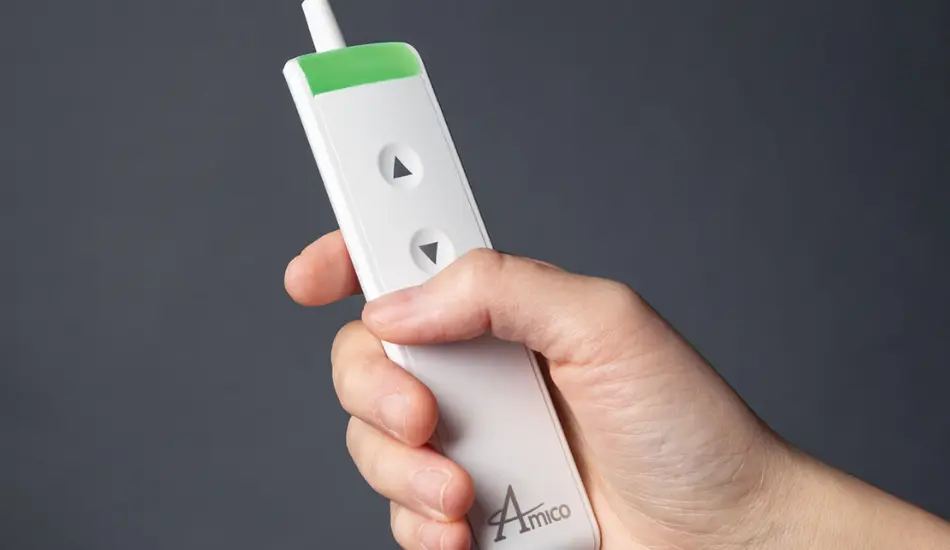
Moreover, powered lifts come with cutting-edge models that assist in raising those who have fallen to the ground. These enhance the security and safety of people who live alone. The person who was injured may frequently operate them on their own.
FAQ
What Should I Ask to Pick the Right Patient Lift?
There are many different patient lifts available, but selecting the best one requires knowing what you need. An operator must provide power for a manual patient lift, via a hydraulic pump. An electric elevator is powered by a motor, often run by a rechargeable battery. Manual lifts usually cost less because they need fewer parts and don’t have electronics, motors, control boxes, hand controls, or batteries. Hydraulic pumps are easy to use but take more work than their electric equivalents.
Manual lifts are generally a decent option for residential settings, but electric lifts are more convenient. Yet, an electric lift might be the better option in a homecare scenario where a single caregiver can run it. When using an electric lift, the caregiver can stabilize the patient with one hand while operating the lift with the other.
What Level of Mobility is Required to Use the Lift?
Users with different levels of mobility can use the lift. It can fit people with restricted movement, such as those who use wheelchairs or other mobility aids.
Where Will the Lift be Stored (Does it Need to be Portable)?
It is possible to use the lift outside or indoors. When not in use, it can be stored in a designated place and does not require transportation.
Conclusion
In conclusion, people who require assistance can benefit from knowing what a patient lift is. Patient lifts provide vital support and dignity regardless of the reason for the disability, illness, or older age. Recall that a patient lift is a bridge to safety and independence rather than merely being a tool.
To improve your quality of life, you might consider contacting Call Before You Fall. We provide an assortment of items intended to increase your self-assurance. Additionally, these products can help you feel more comfortable while you face everyday obstacles by making them easier to handle. With the correct assistance, embrace the path towards a safer, more self-sufficient future. Contact us today.

